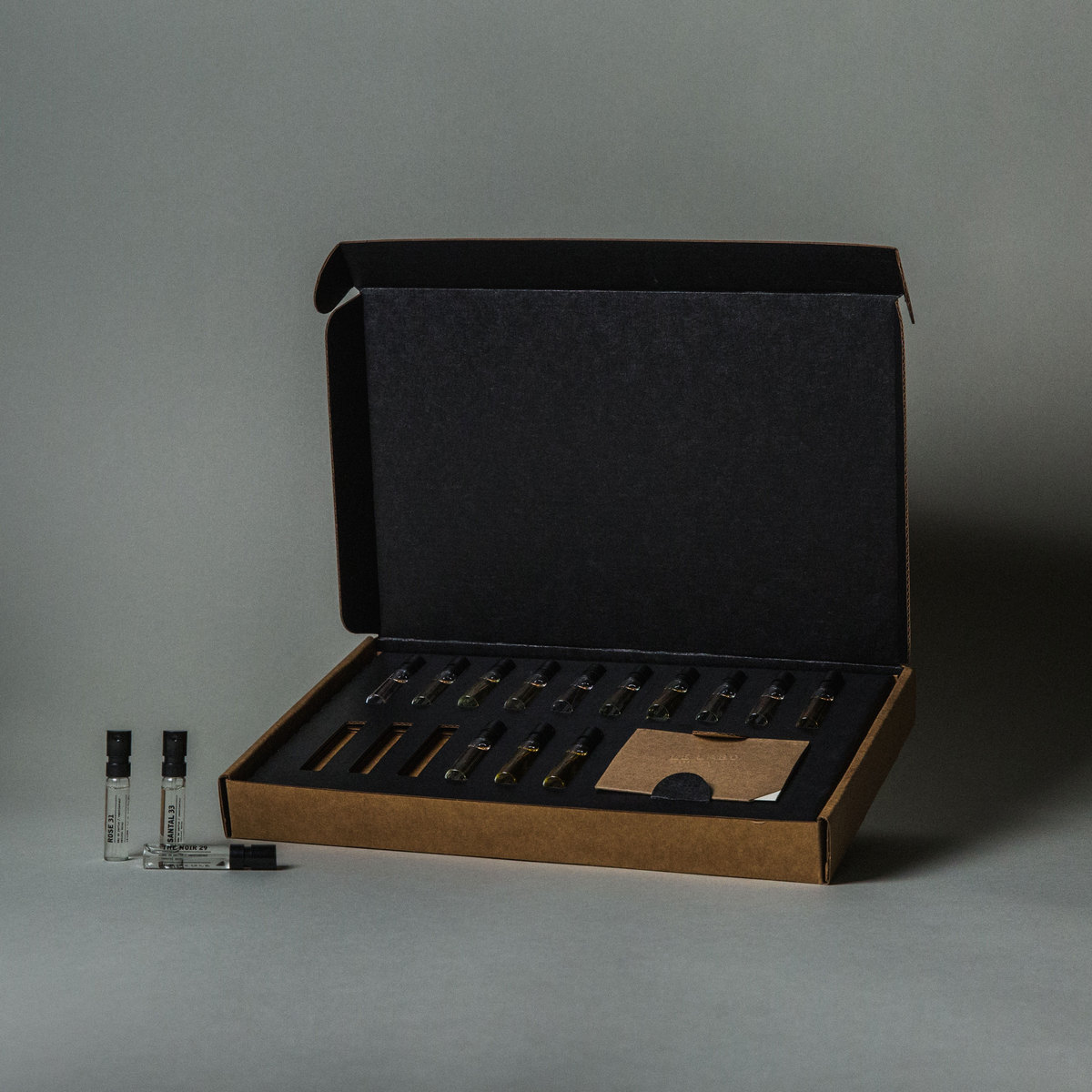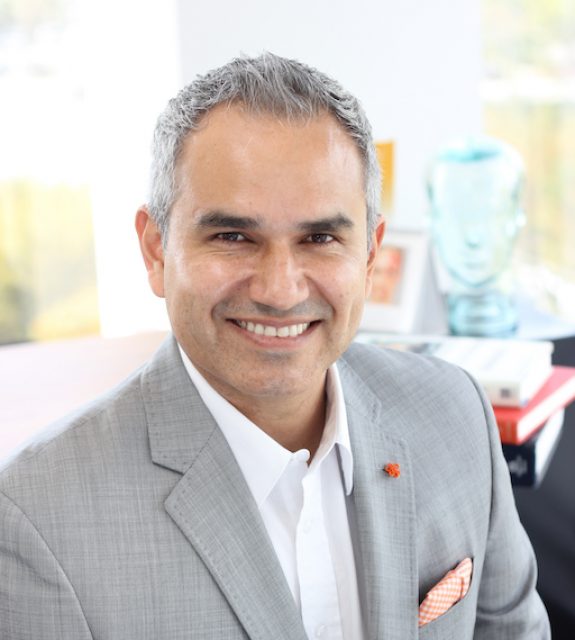From heat styling and coloring to brushing the wrong way and more, our hair is subjected to a significant amount of stress every day. Dr. Miguel Mascaró, founder of the Delray Beach Hair Transplant Center in Delray Beach, Florida explains the main causes of hair damage—and how to keep your tresses in tip-top shape.
Hair thinning or loss isn’t always the result of male or female pattern balding, and years of accumulated damage—or one traumatic incident—can cause potentially permanent damage that affects healthy hair growth. Oftentimes, habits that are part of your daily routine have unwanted side effects including breakage and scalp irritation, but proper haircare can minimize many of the most common concerns and help maintain a full head of strong, healthy hair.
Avoid over-processing
A 2008 study performed by Clairol found that 75% of American women color their hair, and I’m willing to bet that about the same percentage experience hair damage due to at-home and salon-based coloring. The main reason: Bleaches and most dyes contain strong chemicals that alter the hair structure. Same goes for straightening treatments, relaxers and perms, which is why it’s essential to take steps to protect and reinforce processed hair. Patients with the most severe hair damage are those who get multiple chemical treatments within two to four weeks of each other, which is why I always recommend spacing them out as much as possible.
Brush your hair at the right time
Brushing the hair as soon as you step out of the shower while it’s still sopping wet is a main cause of breakage and damage. Instead, use a wide-toothed comb to detangle your hair before rinsing conditioner out, or wait until your hair is about 50% dry before brushing. If brushing immediately after the shower is a habit you just can’t break, be sure to use a brush designed specifically for wet hair, such as the Tangle Teezer.
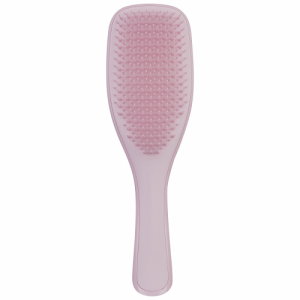
Keep heat-styling to a minimum
Heat-styling does more than dehydrate and damage the lengths of the hair, and overusing hot tools such as hair dryers, flat irons and curling irons can damage the actual roots as well. Prolonged exposure to intense heat energy can take a toll on the follicles, in turn affecting healthy hair growth. Allowing your hair to dry naturally and limiting the use of hot tools can help, but if blow-drying is a must, be sure to use a heat-protection product such as Unite Hair’s 7SECONDS Detangler.
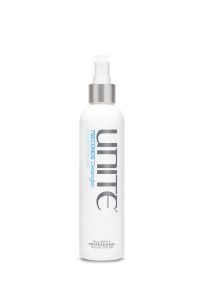
Limit your styling products
It’s ok to use a pre-styling heat protectant designed to help you achieve your desired results and a finishing product to keep your look in place but layering on additional products may do more harm than good. First, too much product can cause build-up on the scalp that may hinder hair growth, and many styling aids (especially those billed as “lasting hold”) often contain alcohol and other ingredients that can over-dry the hair shaft and lead to brittleness and breakage.
Reconsider your hairstyle
Tightly-pulled styles put tension on the hair follicles, and braids, taut ponytails and extensions can cause permanent hair loss over time. Technically called traction alopecia, once the long-term damage caused by these styles is done, the only solution for thinning or bald spots is a hair transplant. It’s best to give your hair periodic breaks from these styles to prevent the damage to the follicles that can lead to permanent hair loss (or avoid them altogether).
Treat your tresses (and scalp)
The good news is you can restore lost moisture and improve the look and feel of hair damage with deep-conditioning treatments at home or in the salon. A nourishing mask like Kérastase Résistance Masque Therapiste can help smooth the hair shafts to enhance softness and shine, while a scalp treatment such as IGK Low Key Cleansing Walnut Scalp Scrub removes impurities and product buildup while soothing and hydrating delicate skin on the scalp.

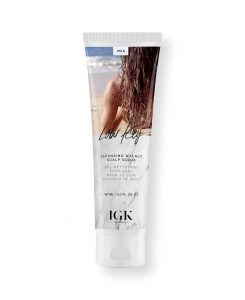
For more information, visit Dr. Miguel Mascaró's social media:








